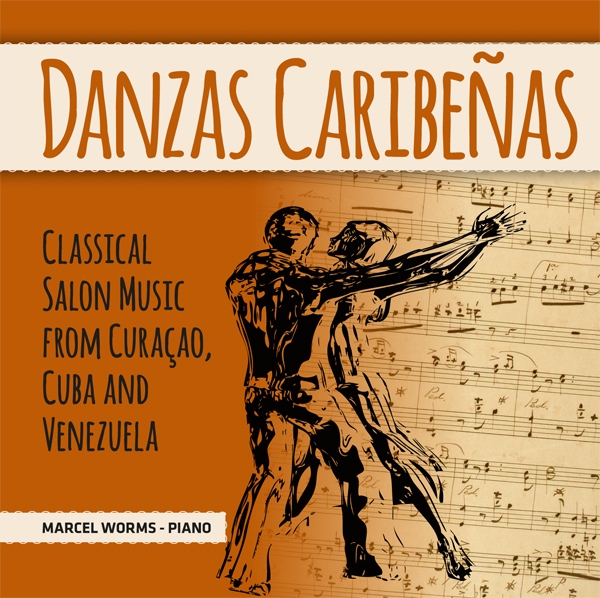Weitere Produkte von Marcel Worms |
Mein Konto
|
Anmelden
|
Deutsch |
€ Euro |
erweiterte Suche
|
Alle Kategorien
BEST SELLER
500
NEUHEITEN
8.339
ANGEBOTE
225.333
Bisherige Auswahl:
keine Auswahl
Ergebnis einschränken:
TECHNIK
265.839
MUSIK
714.683
- 60er Jahre
255
- Asia Pop
9.510
- Austro Pop
210
- Brit Pop
240
- Dutch Pop
1
- Euro Pop
38
- French Pop
556
- Indie Pop/Lo Fi
24
- Italo Pop
283
- Latin Pop
6.865
- MiddleoftheRoad
2.506
- Oldies
62
- Party
33
- Sonst.Pop
233.306
- Synthi Pop
319
|
Musik Filme Hörbücher Merchandise Kinder |


























